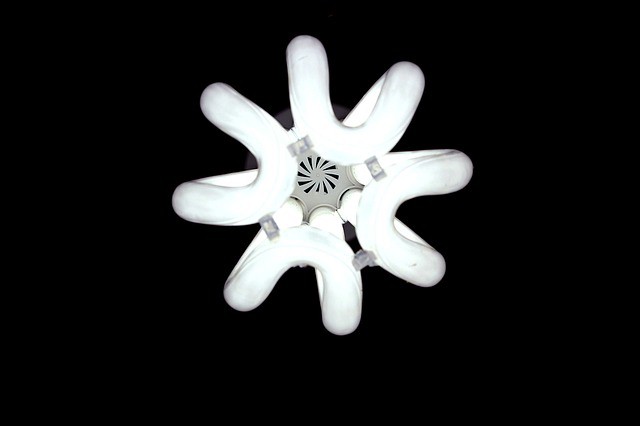
LiFi: What It Is and Why The Lighting Industry Should Care
The lighting industry has come a long way since Edison’s filament bulbs, and it continues to evolve to this day. Recently, LEDs have revolutionized how we view commercial and home lighting, drastically reducing operating costs, increasing bulb lifespans, and minimizing wasted energy. The most recent major innovation in the lighting industry is LiFi. Poised to change the communications and lighting industries forever, LiFi is one of the most exciting up-and-coming technologies currently on the horizon.
What Is LiFi?
As the name suggests, LiFi is similar to WiFi, but with some key differences. According to Techworld, the term was coined by University of Edinburgh Professor Harald Haas during a 2011 TED Talk. Much like WiFi, LiFi transmits wireless data, but the main difference is that it relies on visible light rather than radio waves.

LEDs that are equipped with the necessary embedded signal processing technology are able to transmit data such as video, images, or audio by dimming the LED at an incredibly fast pace that is undetectable to the human eye. A receiver at your computer or another device is able to convert that data stream into content that can be viewed, just like WiFi. So what makes LiFi more exciting than traditional WiFi?
Speed and Reliability
The most obvious advantage to using LiFi is the drastic increase in communication speed. According to The Telegraph, real-world tests have proven that LiFi can transmit data at speeds up to 1 GBps – 100 times faster than our current WiFi. At those speeds, you could download an HD movie in mere seconds. Besides speed, consistency is another advantage offered by LiFi.
Instead of relying on a tower and router to transmit information, imagine if every lightbulb in your home provided data. This would make losing a signal an inconvenience of the past, and it would allow you to use many “smart” devices in your home (see the illustration to the right). As computer technology becomes increasingly integrated into our daily lives, we’re going to need a wireless communication technology capable of keeping up, and all signs point to LiFi as a very usable solution.
How LiFi Could Affect the Lighting Industry
Today’s lighting companies recognize the need to adapt constantly to stay current. Today’s successful lighting companies like Atlanta Light Bulbs are updating their inventories regularly with the latest lighting technology, but the introduction of LiFi could require a new approach for businesses that don’t want to be left behind. The incredibly long lifespan of LEDs has already changed many business models – after all, some customers will only need to replace the lighting in their homes every 10 years!
Light as a Subscription Service
Some people speculate that home and business lighting may become more of a specialized, multifaceted service, rather than a basic household product we pick up at the store. As wireless and lighting technology merge, we may see subscription packages based on lights that transmit data.
For example, let’s say you just ordered a new, faster internet plan. Instead of installing a new router, you might just screw in a new overhead light. That light may be able to transmit information to many different types of “smart” devices such as air conditioners, clocks, information booths, and more – not just computers, mobile phones, and tablets. Light as a WiFi substitute opens up endless possibilities for household and workplace technologies to become further integrated into our lives.
The Future of Home and Commercial Lighting
There’s no telling exactly what the future holds, but it’s clear that progressive lighting and wireless communication companies are going to have to rethink how they approach the industry. The adoption of LiFi could be an excellent opportunity for struggling lighting companies to reinvent themselves, and for industry leaders to push the boundaries. Either way, the future looks bright for today’s bold lighting companies.


